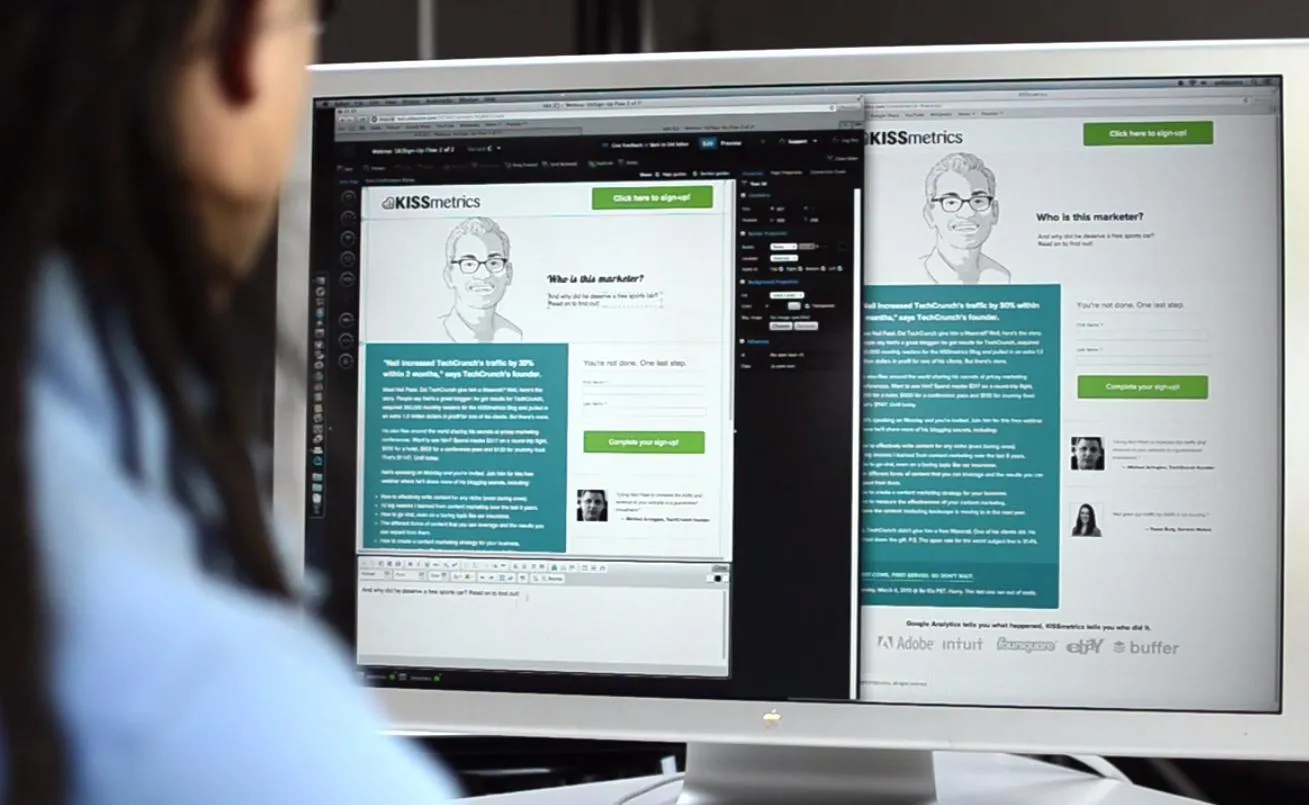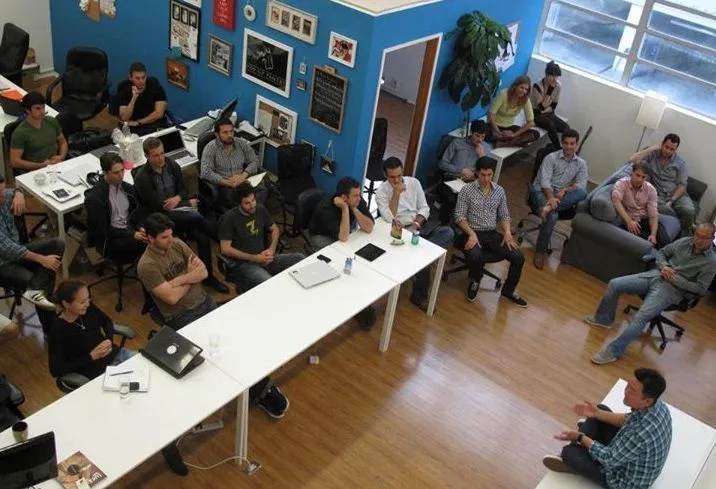Creating a no-code app has never been easier, thanks to the plethora of tools available today. By leveraging popular no-code platforms along with automation tools like Zapier, you can build functional and attractive apps without writing a single line of code. This guide will walk you through the essential steps to create a no-code app, highlighting key tools and providing a clear roadmap for your project.
Step 1: Define Your App's Purpose
The first step in creating a no-code app is to clearly define its purpose. Consider the following questions:
- What problem does my app solve?
- Who is my target audience?
- What features are essential for functionality?
By answering these questions, you can establish a solid foundation for your app, ensuring that it meets the needs of your users.
Step 2: Choose the Right No-Code Platform
There are several no-code platforms available, each with its own unique features and capabilities. Here are some popular options:
| Platform | Key Features | Best For |
|---|---|---|
| Bubble | Drag-and-drop UI, Database management | Complex web applications |
| Adalo | Mobile app development, Pre-built components | Mobile apps |
| Glitch | Collaborative coding environment, Instant feedback | Prototyping and web apps |
| Webflow | Responsive design, CMS options | Design-focused websites |
Each of these platforms has its strengths, so choose the one that aligns best with your app's goals.
Step 3: Design Your App's User Interface
The user interface (UI) is crucial for user engagement. A well-designed UI enhances the user experience and ensures that users can navigate your app easily. Here are some tips for designing an effective UI:
- Focus on simplicity: Keep your design clean and uncluttered.
- Use consistent branding: Align colors, fonts, and logos with your brand identity.
- Prioritize usability: Ensure that buttons and links are easily accessible.
Utilize the design tools offered by your chosen no-code platform to create a visually appealing interface.
Step 4: Integrate with Zapier for Automation
Zapier is an automation tool that connects various applications, allowing you to automate workflows without coding. Integrating Zapier with your no-code app can significantly enhance its functionality. Here’s how you can leverage Zapier:
- Connect APIs: Use Zapier to connect your app with third-party services, such as CRMs, email marketing tools, and more.
- Automate tasks: Set up Zaps to automate repetitive tasks, such as sending notifications or updating databases.
- Streamline workflows: Create workflows that trigger actions in your app based on specific events in other apps.
For example, you can create a Zap that automatically adds new sign-ups from your app to a mailing list in Mailchimp.
Step 5: Test Your App
Before launching your app, thorough testing is essential. Ensure that all features function correctly and that the user experience is smooth. Here are some testing strategies:
- User Testing: Have real users test your app and provide feedback.
- Functional Testing: Check all app functionalities to ensure they work as intended.
- Performance Testing: Test the app’s performance under different conditions and loads.
Address any issues identified during testing to ensure a polished final product.
Step 6: Launch and Market Your App
Once you’ve tested your app, it’s time to launch it to the public. Consider the following marketing strategies:
- Social Media Promotion: Share your app on various social media platforms to reach a broader audience.
- Email Campaigns: Utilize email marketing to inform potential users about your app's features and benefits.
- Content Marketing: Create blog posts, videos, or tutorials that highlight your app’s value.
By effectively marketing your app, you can attract users and build a loyal customer base.
Conclusion
Creating a no-code app using popular tools and Zapier is an accessible and efficient way to bring your ideas to life. By following these steps, you can develop a functional app that meets user needs without the complexities of traditional coding. Embrace the no-code movement and start building your app today!





